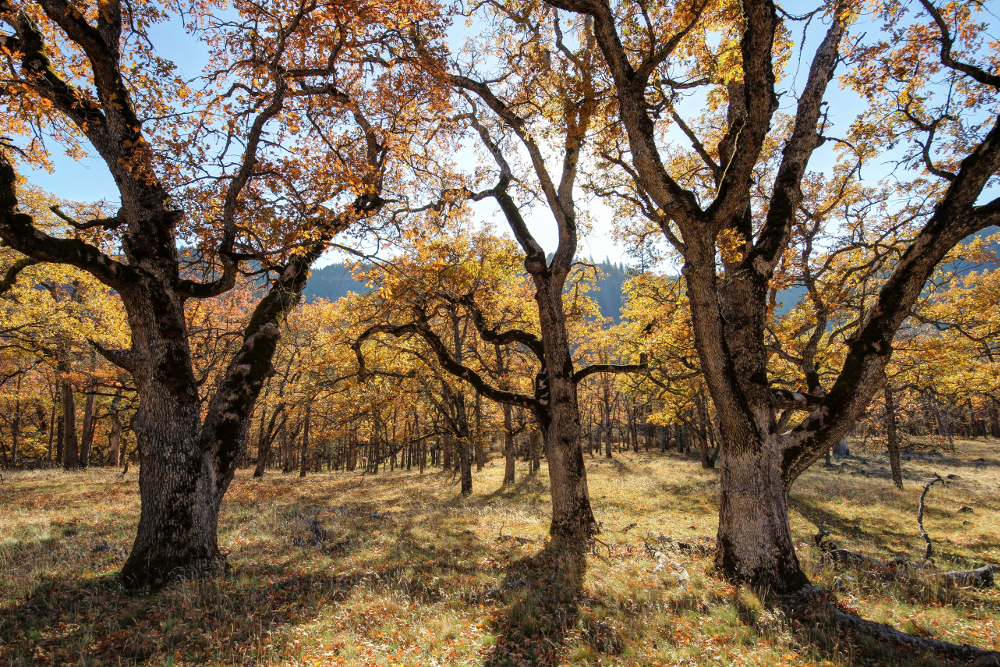East Cascades Oak Partnership (ECOP)
ECOP is a group of people who know and love the Columbia River Gorge and the East Cascades. We recognize the importance of Oregon white oak habitats to our quality of life, to a strong economy, and to the well-being of hundreds of species of plants and wildlife with which we share our home.
Our partnership includes over 25 state and federal agencies, nonprofits, tribes, and businesses, and nearly 400 individuals who care about oaks – that includes you! We are collaborating to leverage resources, share knowledge, and implement conservation strategies that will help protect vulnerable oak habitats—encouraging more sustainable human interactions with these important resources.
Together, we improve outcomes for people, oaks, and wildlife. You can explore resources and learn all about the partnership at www.eastcascadesoakpartnership.org or click here to sign up here to receive email communications and updates from ECOP!
For even more information and oak-related resources, explore the links below:
- Why Oaks Matter
- ECOP Partners
- ECOP’s Strategic Plan
- Oak Habitat Monitoring, Assessment Tools, and Resources
- Oak Habitat Management Guidance
Columbia Land Trust is proud to steward the East Cascades Oak Partnership, providing fiscal and administrative sponsorship and employing dedicated ECOP staff. Thanks to the Land Trust’s leadership and initial investments from Pacific Birds Joint Habitat Venture, ECOP was able to secure a Focused Investment Partnership grant from the Oregon Watershed Enhancement Board and facilitate partners’ access to resources they would not otherwise be eligible for or have capacity to manage.
“The East Cascades Oak Partnership sits in the center of this magical Venn diagram of science, community, passion, and drive. I’m amazed at how much effort has gone into understanding so many perspectives on the issues, and the care that’s being taken to account for the broad swath of needs and goals.”
– Michelle Sager, Ekone Ranch Sacred Earth Foundation
“I really appreciate the enormous amount of work [ECOP staff] are able to get done. It not only amazes me but inspires me to work harder on my own projects. … the work [they] do is so important, and the work that had to be put in to get ECOP to the point it is at today is literally unimaginable to me.”
– Ethan Coggins, Washington State Department of Natural Resources

